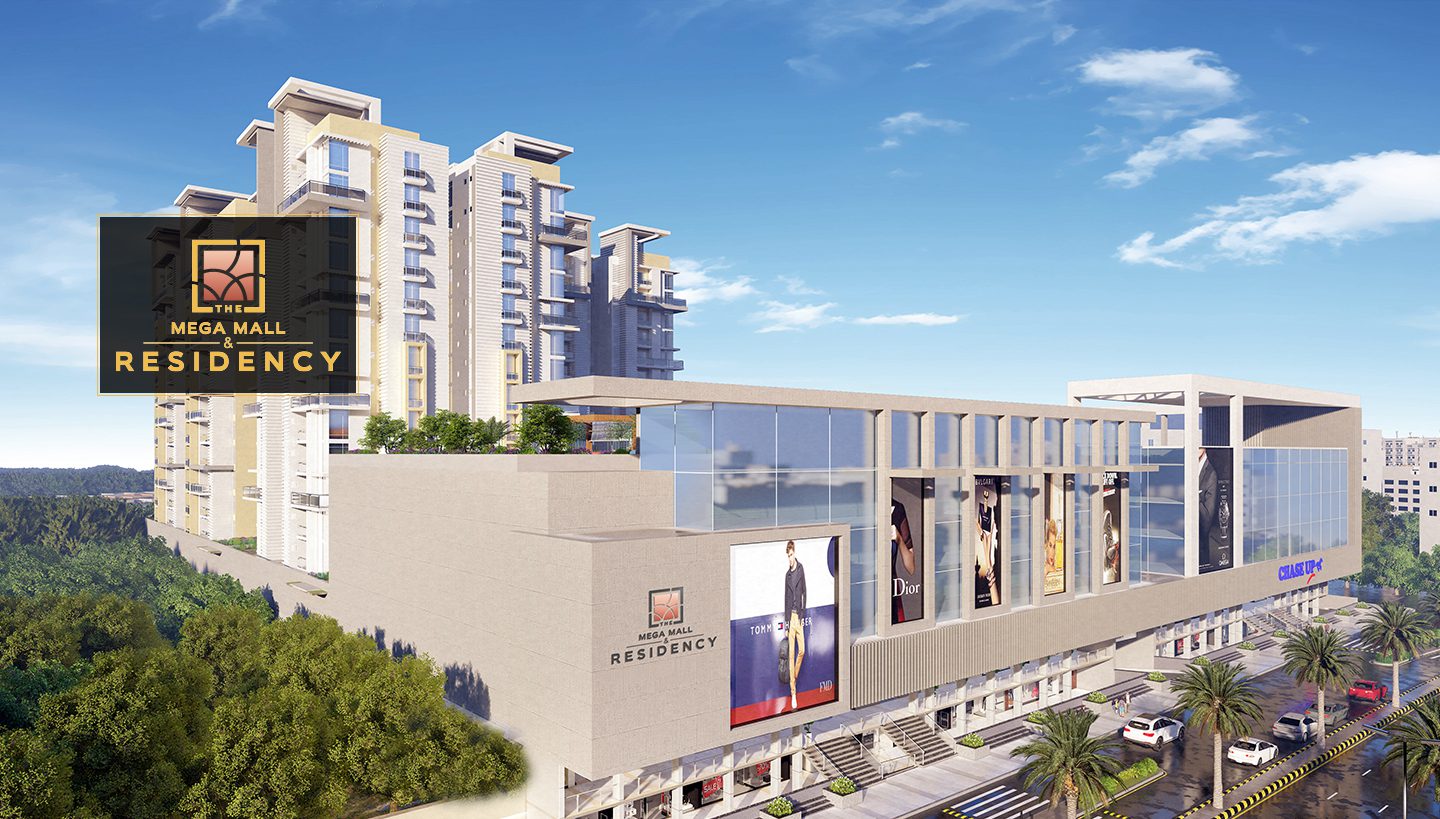Karachi’s New Public Transport Projects: What They Mean for Real Estate Values

Introduction
Karachi is at a critical turning point. With plans for several large public transport infrastructure projects—including new bus rapid transit (BRT) lines, metrobus expansions, and better connectivity corridors—real estate investors, developers, and homeowners are watching closely. As mobility improves, property values in well-connected neighborhoods tend to rise. For Propverge clients, this offers a chance to anticipate growth and advise stakeholders on where to buy, develop, or market next.
1. Transport Projects in Focus
Recent announcements by the Sindh government and Karachi Metropolitan Corporation highlight plans to expand public transport:
A proposed BRT route from Malir to Shahrah-e-Faisal, easing movement for residents in eastern suburbs.
Expansion of the Metrobus service to cover additional sectors of the city, aiming to reduce travel times during peak hours.
Improvement of major connector roads and proposed overpasses to reduce traffic bottlenecks in areas like Clifton, Korangi, and North Nazimabad.
These projects are still in planning or early execution phases, but early indicators suggest prioritization in budget allocations and stakeholder interest, which often precedes real estate value appreciation.
2. Areas Likely to Gain First
Neighborhoods that are either adjacent to or along planned transport corridors are likely to benefit first:
Malir & Bin Qasim: As BRT corridors are extended, these peripheral zones will become more accessible, reducing commuting burden.
Korangi Creek Road: Improved roads and proposed transit stations make this area attractive to developers targeting mid-income buyers.
North Nazimabad and Gulshan-e-Iqbal: With overpasses or improved feeder roads, travel efficiency improves, making homes here more desirable.
Clifton & DHA peripheries: Even affluent zones benefit, especially in terms of resale value, with better connectivity to business districts and airports.
3. How Values Change with Connectivity
When public transport gets better, real estate values usually respond in several ways:
Time-cost savings: Buyers are willing to pay premiums to cut commuting time.
Demand shift: Demand grows for projects near transit, causing developers to offer more in those locations.
Infrastructure spillover: Roads, street lighting, utilities, and services often improve alongside transport projects.
Speculative activity: Investors buy early in districts that will get transit, anticipating future appreciation.
Property markets in areas connected to major corridors in cities like Lahore (Orange Line, Ring Road) have shown value increases of 20-40% once transit becomes operational — flattening out only when saturation occurs. Karachi is expected to follow similar patterns as its transport network improves.
4. Risks and Things to Check
While the potential is real, there are risks:
Delay in project completion: Many past transport initiatives stalled due to funding gaps, land acquisition issues, or regulatory delays.
Translation into actual access: Just because there’s a transit line doesn’t mean feeder roads or last-mile connectivity will work, which can limit benefit.
Overpricing: Sometimes, developers overprice properties in anticipation of connectivity, which can deter buyers if benefits don’t materialize quickly.
Urban congestion and pollution: If growth is haphazard, improved transport can also lead to congestion, impacting livability unless managed well.
5. Role of Propverge & Opportunity for Clients
Propverge is well-positioned to help clients capitalize on the transit-led appreciation trend:
Mapping & Marketing Insights: Identifying neighborhoods that will benefit first, and offering data-driven pitch materials to attract buyers.
Strategic Promotions: Craft campaigns around “Near Future Transit Corridor,” “Reduced commute time,” etc. to appeal to working professionals.
Partnerships: Collaborate with local government bodies, transport authorities and infrastructure firms to get early info and leverage it.
Content & Thought Leadership: Publishing regular tracking posts on transport projects keeps your audience engaged and positions Propverge as an informed realestate marketing partner.
Conclusion
Karachi’s upcoming transport infrastructure holds significant promise—not just for easing commuting pains, but for shifting real estate value patterns in meaningful ways. For homeowners, closeness to transit corridors will start to matter more. For developers, the opportunity lies in launching or marketing projects in transit-adjacent areas. And for Propverge, this trend is a chance to guide clients towards smarter investments and targeted storytelling that aligns project value with mobility. As transit lines break ground, the real estate map of Karachi is poised for transformation.


